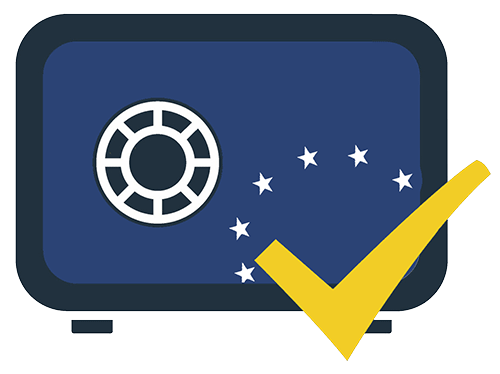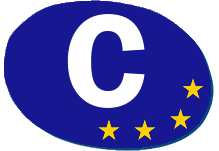After registration, the patent holder has a 20-year monopoly of exploitation from the filing date. The downside of this monopoly is that the invention is published. At the end of these 20 years, the patent falls into the public domain and anyone can exploit the invention.
During these 20 years, the lifecycle of a patent may include several stages:
- Its maintenance through the payment of annuities on each anniversary of the filing date;
- Its exploitation by the holder or by others under licence or after its sale;
- Market surveillance to check that the invention is not being copied, and if necessary, its defence;
- Its extension abroad at the latest 18 months (i.e., before its publication by the INPI), knowing that the holder has a priority right of 12 months after filing to extend his/her patent abroad while benefiting from the retroactivity of the date of protection to the filing date in France. The holder can apply for a European patent via the European Patent Office (EPO), or in 17 African countries via the African Intellectual Property Organisation (OAPI), or with the World Intellectual Property Organisation (WIPO) to extend the patent in other countries via a single procedure, or separately with local institutes;
- Defending the patent against potential attacks from third parties who invoke prior rights or non-compliance with patentability requirements;
To conclude, obtaining a patent requires the construction of a solid file after a phase of reflection and thorough research. The criteria for patentability require precision. It is recommended to be accompanied by a professional to prepare the application. On the other hand, the granting of a patent guarantees the possibility of making one’s efforts profitable and of granting oneself a monopoly to launch exploitation more confidently. It is up to the inventors to weigh the advantages and disadvantages of choosing the solution that best corresponds to their project of exploitation.









